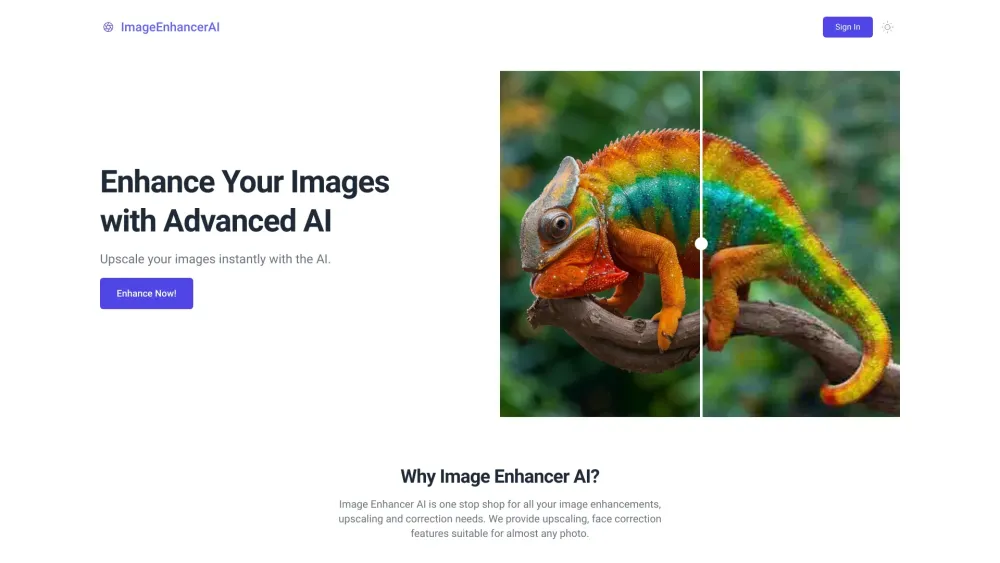Deciphering weak telemetry signals through AI-driven behavioral analysis is shaping the future of Extended Detection and Response (XDR).
As cybersecurity evolves, Chief Information Security Officers (CISOs) and their teams are transitioning from Endpoint Detection and Response (EDR) to XDR. This shift offers significant consolidation savings and a unified view of all attack surfaces and potential threats. In an era where security budgets are under scrutiny, the ability to incorporate more telemetry data, particularly behaviorally-based signals used to identify anomalous activities—including insider threats—highlights AI's critical role in enhancing XDR capabilities.
XDR platforms adopt diverse approaches to AI and machine learning, yet they share core functionalities: data ingestion, threat detection masked in legitimate code, and automated investigation. According to the CrowdStrike blog, the rapid growth of XDR is bolstered by AI’s capacity to limit data movement—a top priority for today’s security leaders.
2024 marks a pivotal year for security stack consolidation. Gartner forecasts that by 2027, up to 40% of enterprises will utilize XDR, up from less than 5% today, with 96% of CISOs planning to streamline their security vendors. Of those, 63% cite XDR as their preferred solution.
Top XDR providers are prioritizing AI, generative AI, and machine learning to facilitate quicker consolidation. CrowdStrike's integration of AI in its XDR launch, alongside moves by Palo Alto Networks and Zscaler, demonstrates the effectiveness of this strategy, as reflected in growing revenue reports.
Nikesh Arora, CEO of Palo Alto Networks, stated, “We collect the most endpoint data in the industry, nearly 200 megabytes per endpoint—10 to 20 times more than most competitors.” Leading XDR vendors leveraging AI include Broadcom, Cisco, CrowdStrike, Fortinet, Microsoft, Palo Alto Networks, SentinelOne, Sophos, TEHTRIS, Trend Micro, and VMware.
The real-time availability of diverse telemetry data—from endpoints to web applications—enhances prediction accuracy, while large language models (LLMs) continuously train using this data for improved endpoint security.
Michael Sentonas, president of CrowdStrike, emphasized AI's foundational role in their strategy since inception, stating: “We identified AI as key to solving security challenges and regularly incorporate it into our threat hunting and prevention models.”
Effective AI integration addresses critical gaps in identity and endpoint security. With the rise of new identities assigned to endpoints, XDR platforms must utilize AI and machine learning to identify anomalous behaviors signaling potential attacks. Given that attackers exploit stolen identities over 62% of the time and many organizations monitor less than 75% of their endpoints, the urgency of implementing AI for security cannot be overstated.
At RSAC 2023, CEOs highlighted the transformative potential of AI. Connie Stack, CEO of NextDLP, noted that “AI and machine learning significantly enhance data loss prevention by identifying anomalies and breaches before policies are violated.”
Ten Key Areas Where AI Strengthens XDR:
1. Real-Time Threat Detection and Response: Expect increased reliance on AI/ML as telemetry data surges, supporting improved monitoring and threat identification.
2. Behavioral Analysis and Anomaly Detection: AI/ML effectively detects behavioral deviations, crucial for pinpointing insider threats.
3. Reduction of False Positives: Historical data enhances accuracy, allowing security teams to concentrate on true threats.
4. Automated Threat Response: Leading XDR platforms are implementing AI-driven automation for incident responses, such as isolating compromised endpoints.
5. More Accurate Threat Hunting: AI models identify compromise indicators that legacy systems often overlook, thus enhancing breach detection.
6. Adaptive Learning: AI/ML-enabled XDR platforms learn continuously to counteract emerging threat techniques.
7. Enhanced Real-Time Visibility and Correlation: Robust data aggregation and correlation are essential for improved visibility and event responses.
8. Automating Manual Workloads on the SOC: Automating reporting tasks frees SOC analysts to focus on complex issues.
9. More Precise Predictive Analytics: AI/ML enhances predictive accuracy for trends and vulnerabilities, essential in cybersecurity strategies.
10. Consolidation Trends: AI’s integration with XDR platforms offers budgetary relief for CISOs amidst current financial pressures while enhancing long-term predictive capabilities.
In summary, the financial impact of AI on XDR platforms alleviates short-term budget concerns for CISOs, setting the stage for far greater long-term efficiency in intrusion prediction and breach identification. Aggregating telemetry data to train LLMs symbolizes AI/ML's transformative role in advancing XDR technology maturity.





